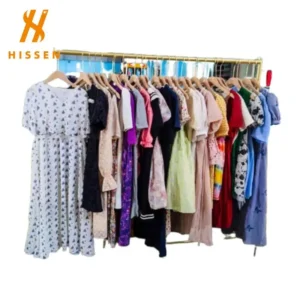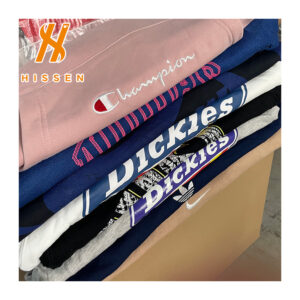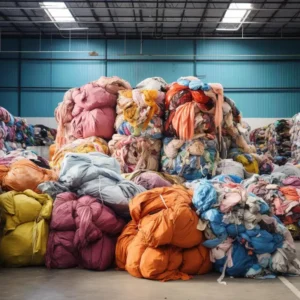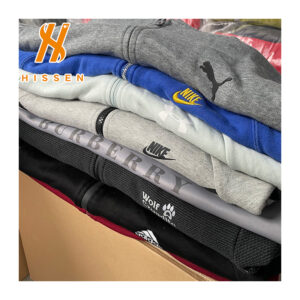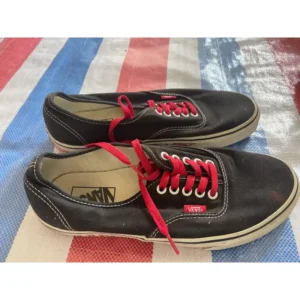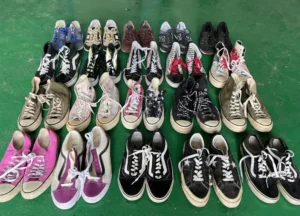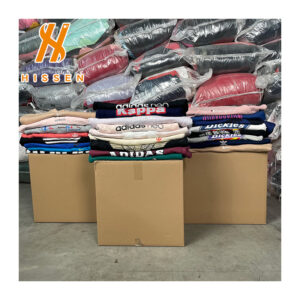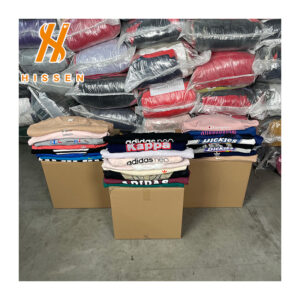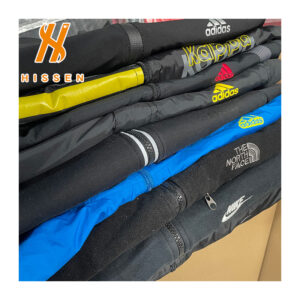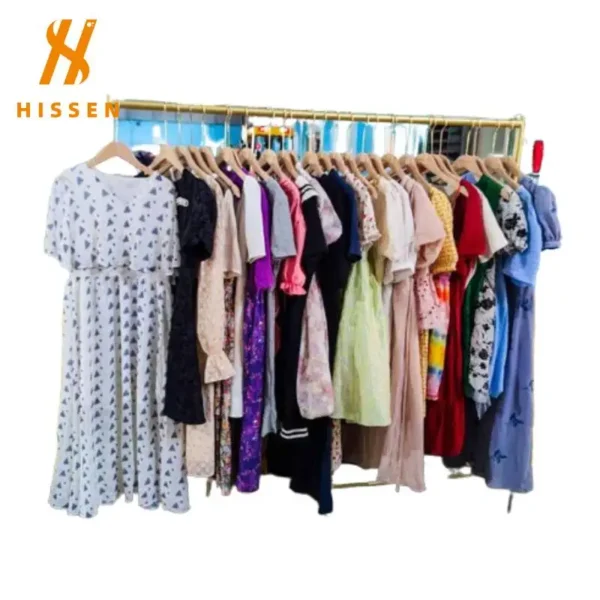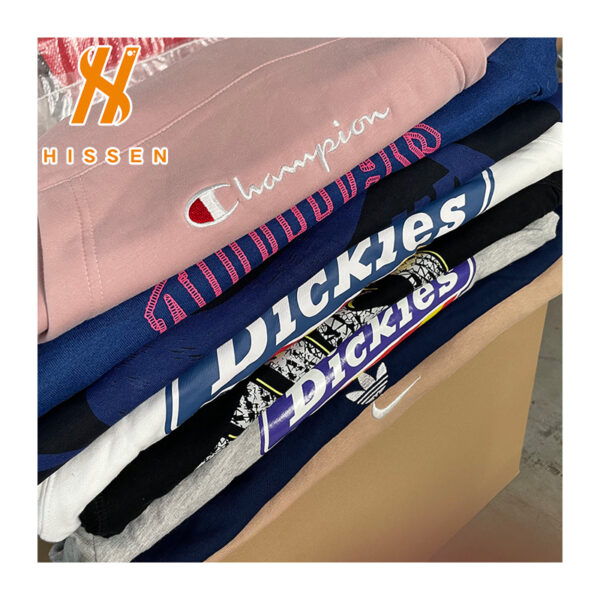What are second hand used clothes?
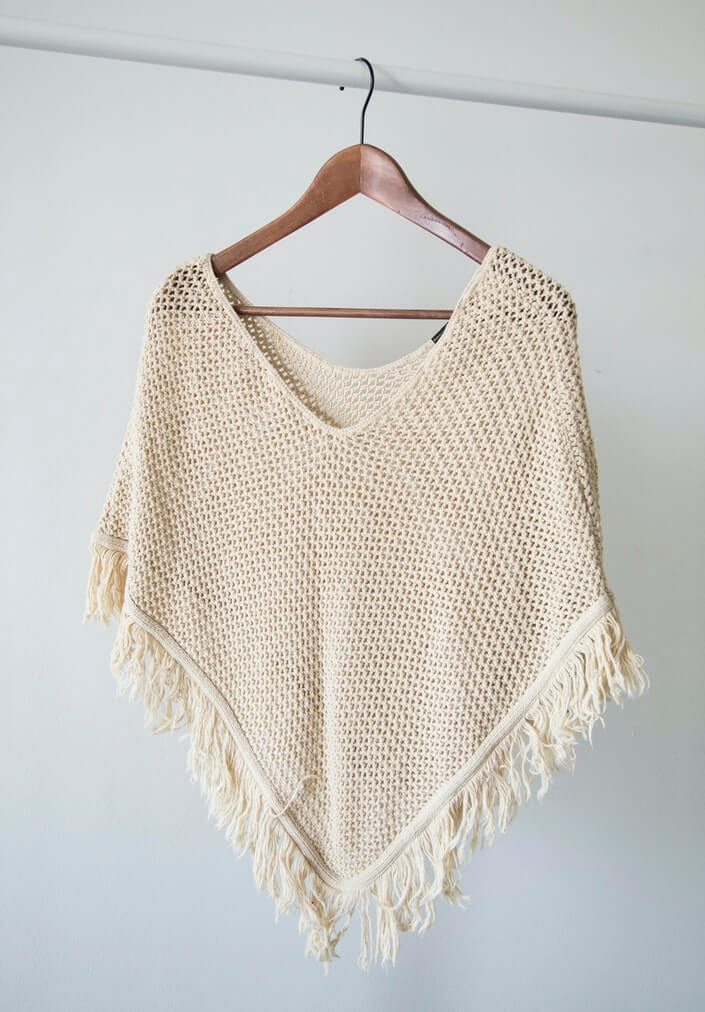
What is second hand clothing?Well, this article presents a comprehensive layout to help understand the industry as a whole. Despite the resistance, there are multiple good reasons for developing countries to keep using second-hand clothes.
This article will go through various reasons behind overconsumption that leads to the used clothes being an effective solution. The latter portion will deal with how using second-hand clothes offer value to the developing markets.
🍑Overconsumption in the High Income Markets
🥭Top 3 Reasons for Overconsumption
🍎How Second Hand Used Clothes offer value?
🥭Final Thoughts
Overconsumption in the High Income Markets
Let’s start with some data on the current state of textile waste in developed countries. One study shows that the majority of textile waste in the USA goes to landfill dumps. In 2017, the figures were 13 million tonnes or 85% of all textile waste. Moreover, an average American throws away almost 37kg of clothes per year. Every year, European Union disposes of or burns some 9.35 million tons of textile waste. So every year, the average European, while buying 26 kg of textiles, discards 11 kg.

On a global scale, the estimate is some 92 million tonnes of textiles waste per year. Also, the landfill sites end up with an amount equivalent to a rubbish truck full of clothes per second. As a whole, estimates show that there will be 134 million tonnes of textile waste per year by 2030.
It’s important to explore various reasons for the overconsumption behaviour in the developed markets. It’ll help to understand the necessity of used clothing for sale in developing markets.
Top 3 Reasons for Overconsumption
Production, wealth, and consumption directly lead to textile waste. Due to these three variables, the consumption choice takes hold of consumers. Choice leads to large clothing items in the market, leading to landfill dumps. So, there are three primary reasons for the overconsumption patterns as follows:
Globalization
The fashion trend cycles in the past were under limits to the yearly seasons. But, the globalization movement in the last three decades spread across the world. Like many other sectors, the global economy movement had lasting effects on the fashion industry.
With fast travel means and internet access, a consumer can order clothes online now. The outlets send the items straight to a consumer’s front door instantly. So, the shrinking seasonal trend cycles lead to speeding up of the production process. It means that fashion houses and brands can produce clothes weekly now.
Clothes out of fashion sooner
Naturally, the speeding up forces clothes out of fashion sooner due to the readily available consumption choices. As such, fashion houses discard the clothes to landfills due to specific styles quickly becoming unfashionable. Note, when new and cheaper models take no time to come along, it renders the clothing lifespan mere weeks.
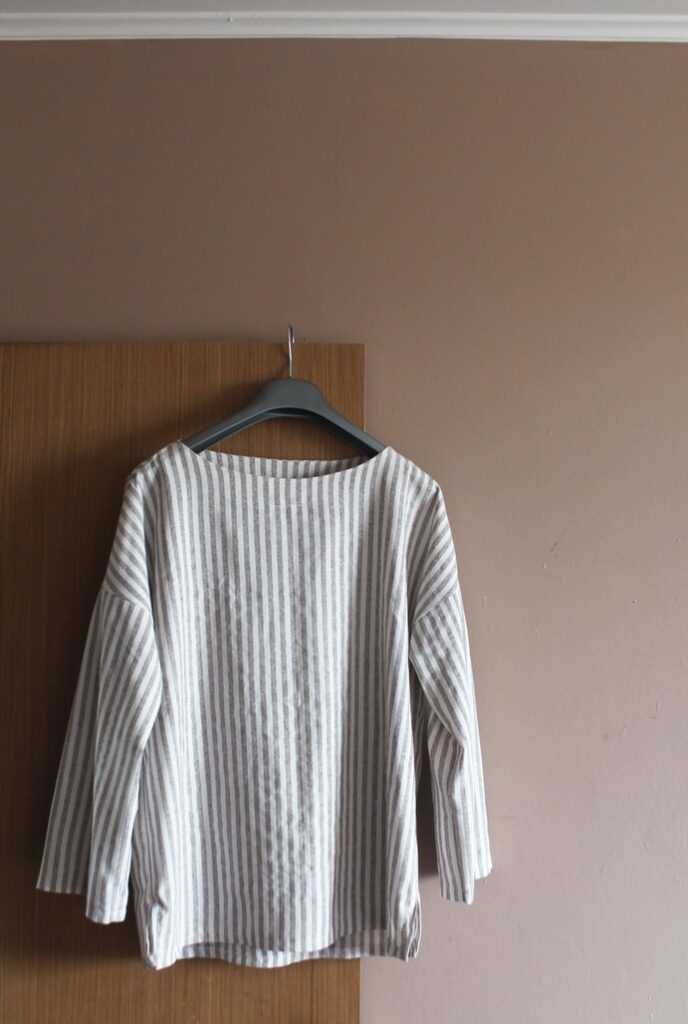
As a result of these processes, Consumers can now buy new clothes every week. There is no need for seasonal shopping and a longer lifespan anymore. With fast fashion garments leading to full landfills, it’s no wonder that speeding up is leading to overconsumption. As such, the need for used online clothes becomes even direr.
Fast Fashion Trends
Consumer behaviour essentially controls textile production globally. The global market is full of cheaper fashion pieces resulting from lower quality. Moreover, these low-quality pieces represent the growing textiles. Consumers are buying more fashion pieces despite spending smaller portions of their income on clothing items.
While dating back to the 1980s, the changes became intense in the late 1990s and early 21st century. The primary reason was establishing a shorter time chain by brands like Zara and H&M. This chain flows from the design, via production, to the consumer.
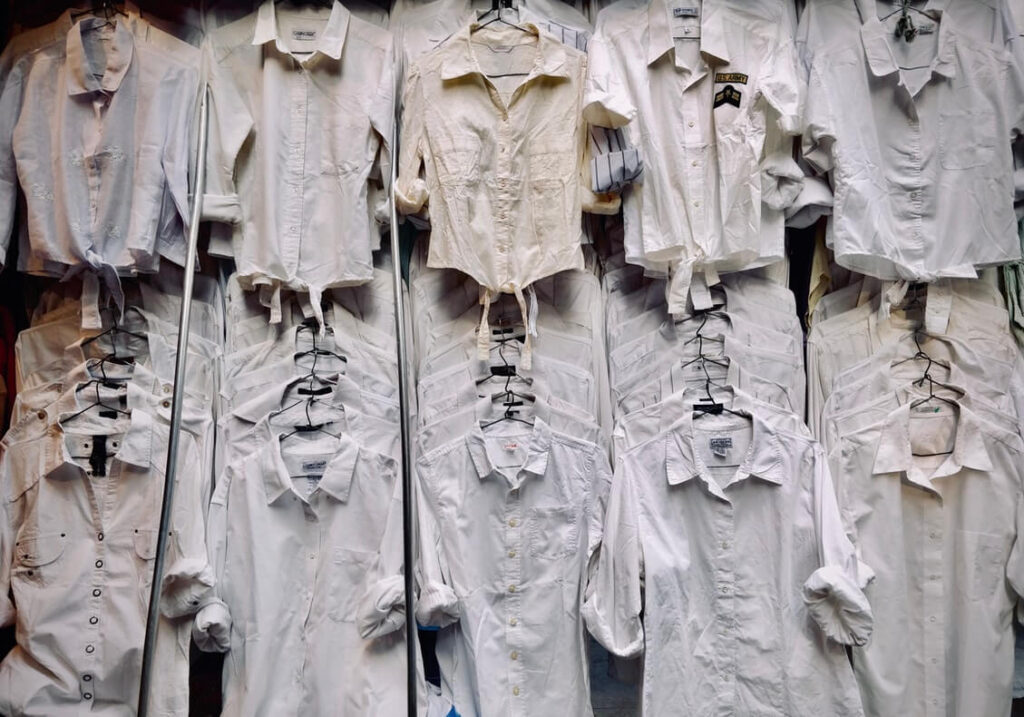

Fast fashion
Known as fast fashion, this new success bearing model offers consumers multiple cheaper garments. The model also .allows consumers an array of wardrobe choices continuously. The model by Zara and H&M provide the pioneering origin to the fast fashion movement.
It successfully offers consumers to refresh and expand their wardrobe cheaply. While following the latest fashion trends, the business model works on production facilities in third world countries (Africa and Asia). With new collection offers every few weeks, retailers use impulse buying strategies to promote frequent purchases.
But
But, the fast-fashion concept contributes to a lower lifespan for clothing items. As a result, the phenomena lead to a 60% increase for an average consumer buying the number of garments. Hence, understandably the consumers discard the items after using them just 7 or 8 times. It’s like treating the clothes as disposable due to low prices.

Social Media Culture
Last but not least, the emerging social media culture significantly contributes to overconsumption behaviour. Social influencers play an important role in shaping consumer attitudes. These select few individuals are responsible for the evolution of fashion trends into macro and micro trends.
It’s a human psychology for the majority of the world population to accept influence and conform. Major textile businesses have shown a lack of responsibility over the years in controlling the trends. Irresponsible behaviour caused an immense amount of challenges due to overconsumption.

The same styles, quality, and brand
How dynamic consumption patterns in high-income markets affect 2nd hand clothes online or offline markets is difficult to assess. But, one thing remains for sure that the consumers in developing markets, including who want to buy second hand clothes in africa, will continue to demand access. These consumers seek the same styles, quality, and brands as consumers in high-income countries.
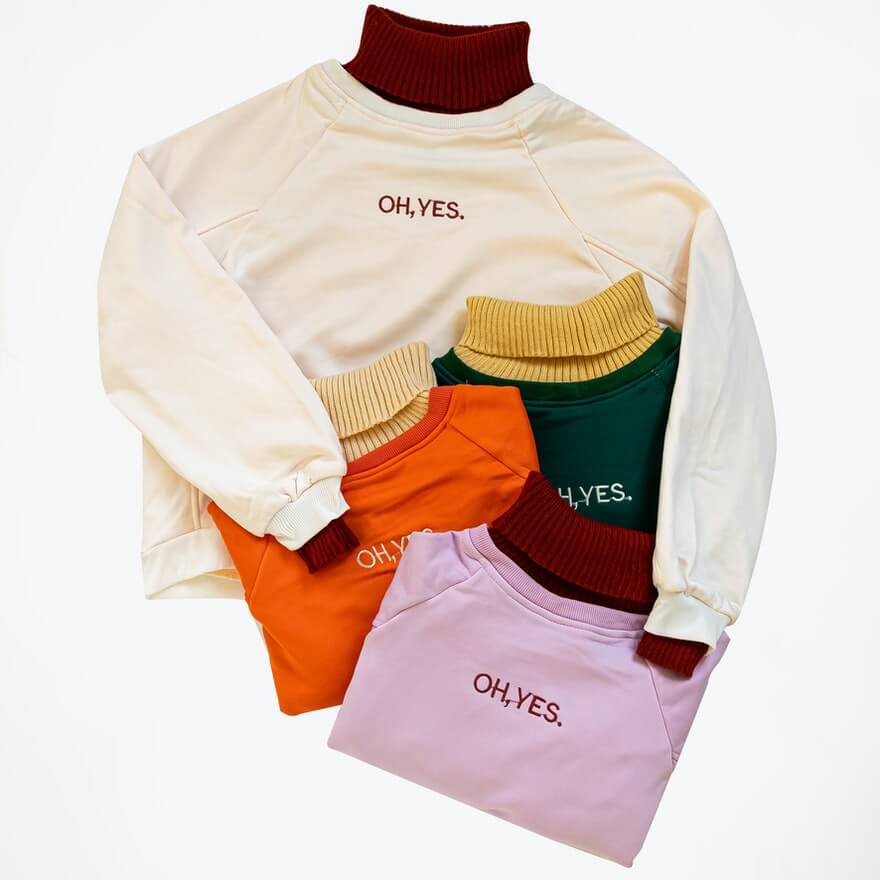
So, let’s delve into how the used clothes industry can offer value to the developing markets. It does so in addition to effectively solving the landfill dumping issue from overconsumption.
How Second Hand Used Clothes offer value?
The figures in the sections above demonstrate the need to recycle the clothes for repurposing. As mentioned before, one effective solution for the used clothes is to repurpose them for developing countries. Hence, it comes as no surprise that the fashion resale market is booming.
A forecast shows that the resale industry will reach $80 billion in value by 2029.

Also, another recent report predicts that the global used clothes online and offline market will exceed fast fashion within a decade. It’s set to double to $51 billion in the next five years.
Demands for Used Clothes in Developing Markets
There are demonstrable markets with a demand for second hand used clothes. Note that the type of garments determines the market demands. So, white shirts mostly end up in Pakistan, as per KCL’s Brooks. Why? Well, young professionals in Pakistan create a demand for these shirts. In contrast, the white warmer coats cater to the Eastern European demands.
Moreover, shorts and t-shirts end up in African nations or India. The reason for that is minimal prices. These garments sell for as low as $1.50 in Kanda’s (Indian seaport city) street markets or Gikomba in Nairobi. Furthermore, Kenya’s Nairobi is the largest second-hand clothing market in the East African region.
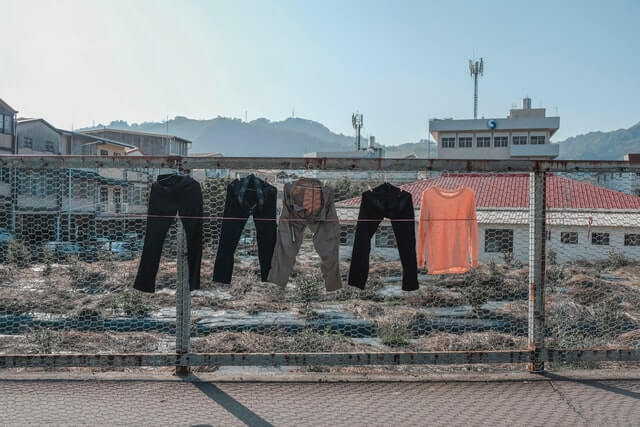
The demand for second-hand clothing
The demand for second-hand clothing is massive in developing countries, especially in Africa. But, some African nations also show resistance to the used clothing imports. While citing reasons like preserving dignity and reviving the local manufacturing industries, they go to pushback mode.
kaunjika
Still, in many countries, second hand used clothing continues to garner unrivalled fame. Many studies establish the why question by studying this clothing phenomenon, especially in African countries. For example, users call used clothes “kaunjika” in Malawi, meaning clothes sold in a heap. Nevertheless, it’s still a resilient and popular business in developing nations.
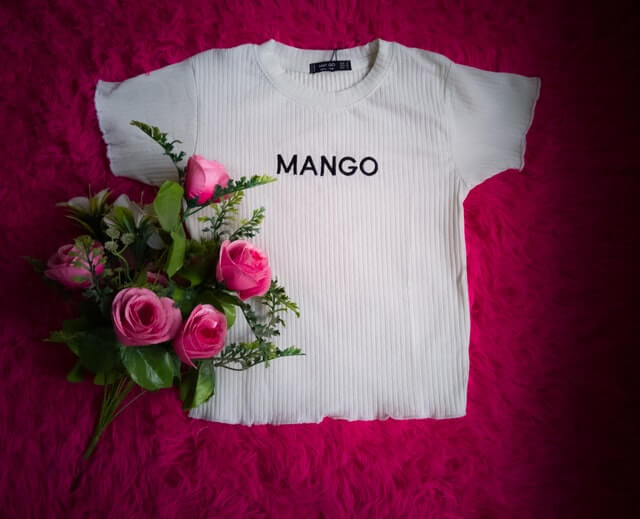
Clothing outcasts lead to the lucrative and thriving industry offering employment to many distributors, resellers, and market stall holders in developing markets such as African nations and India.
Development
Like any other business segment, the used clothes industry offers value as a booming but complex trade.
Note that there are multiple social and economic pull factors behind used clothing fame. Many studies propagate used wearing clothing as an attack on African dignity. But, outside of the academic circles, there seems to be little support for that view. Let’s explore various pull factors for used clothes.
Benefits of Using Second Hand Clothes
Interactions in the markets with shopkeepers, street vendors, wholesalers and consumers will demonstrate the point of this article. Users in Blantyre, Zomba, Limbe, Lilongwe, and other places in Africa clearly show support for the industry.
Let’s take Kenya as an example. It alone imports some 100,000 tones of used clothes per year. It creates tens of thousands of jobs. Also, the government uses customs duties to receive millions of dollars in revenues. What’s more? The industry also offers quality clothes to Kenyans. These consumers have a lesser monthly income than a pair of new Ralph Lauren khaki costs in Western countries.
To better understand the used clothing’s widespread fame in Africa, consider the common factors down below:
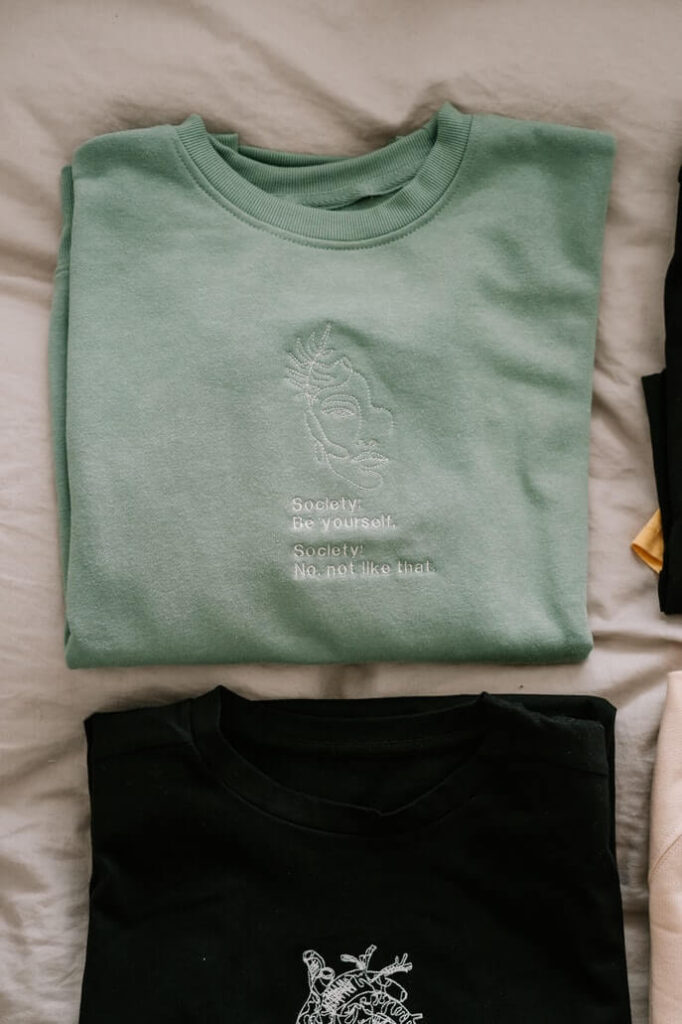
Used Clothes offer quality
In developing African nations, the general population views used clothes from high-income countries as far better quality. As such, they consider the new items available in their local markets as inferior in quality. Unlike comparable new items, consumers in Africa are willing to pay a higher price for used clothing.
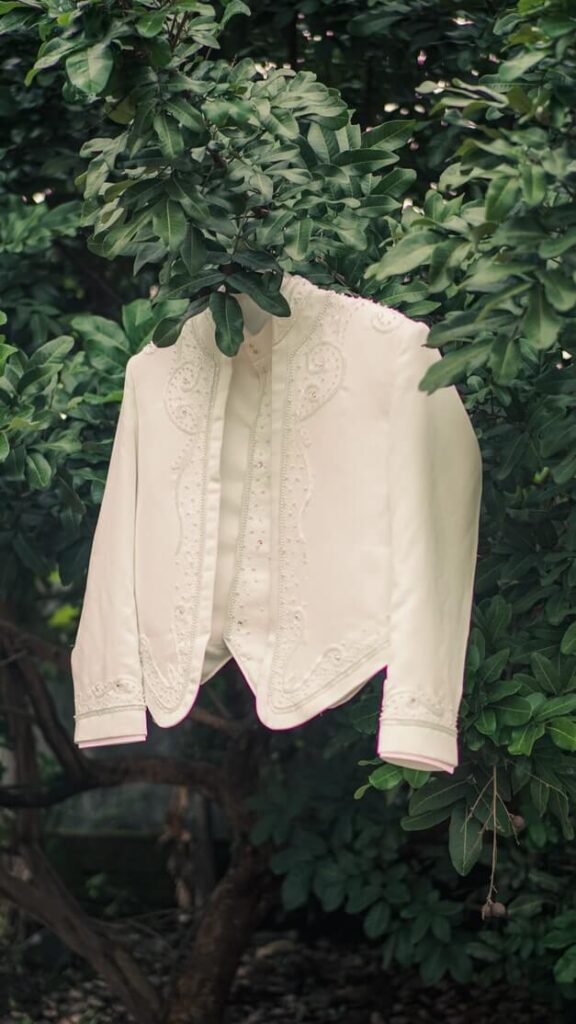
New styles and sizes
Clothing labels clearly show that the production location is less critical as compared to the donation source. Let’s take kaunjika from China as an example. They are pretty popular with customers and vendors. The reason for the popularity rests on new styles and sizes. These factors are more compatible with the local market preferences.
Affordability Plays an Important Role
Most consumers in the developing markets cannot afford the cheapest new garments sold in their local stores. Apart from the middle-income consumers in the urban areas, the low-income consumers opt for cheaper used items with higher quality.
Items with good style or quality continue to trickle down the developing market’s supply chain. These items are then sold to consumers with lower purchasing power by the vendors. These primarily individuals operate in the rural areas. The local markets accept the items due to fewer alternatives. But, the fact remains that the quality and style at an affordable price is acceptable to the general populace.
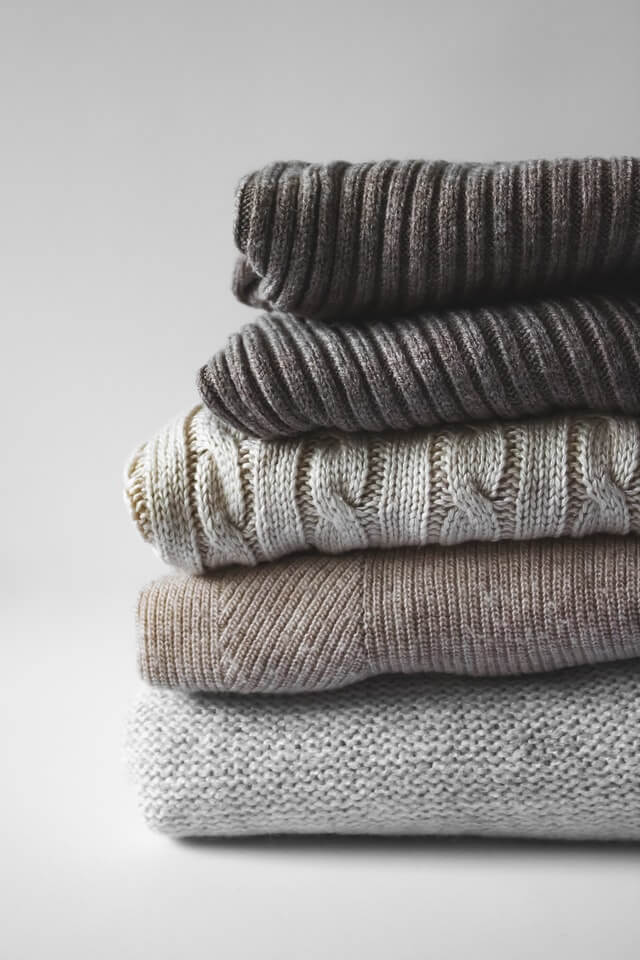
Fashion Cravings and Trends in Younger Generation
The uniqueness and fashion trends of second hand used clothing are an essential factor for African consumers. It is precisely the case for the younger generation. The reason for this is the exposure to popular culture or international trends. Social media plays a significant role in this exposure.
It’s important to remember that people globally crave “the latest fashion”. Mostly, these fashions are nonexistent in the local African retail stores.

Low start-up costs offer Economic Opportunities
Local vendors of used clothes find it easier to run a business with low buy-in costs. Most trade groups in developing countries have difficulty accessing start-up capital. As such, the used clothing industry provides massive economic opportunities in an informal economy.
The employment opportunities
There are numerous challenges in developing countries that are hard to ignore. These issues include lack of social protection, poor working conditions, tax revenue loss, child labour, etc.
However, the context of developing markets matters a lot. It’s crucial to note that used clothes offer businesses in developing markets to earn a decent living.
Final Thoughts
Interactions in the markets with shopkeepers, street vendors, used clothing wholesalers and consumers will demonstrate the point of this article. Users in Blantyre, Zomba, Limbe, Lilongwe, and other places in Africa clearly show support for the industry.
Let’s take Kenya as an example. It alone imports some 100,000 tones of used clothes per year. It creates tens of thousands of jobs. Also, the government uses customs duties to receive millions of dollars in revenues. What’s more? The industry also offers quality clothes to Kenyans. These consumers have a lesser monthly income than a pair of new Ralph Lauren khaki costs in Western countries.
Learn more


